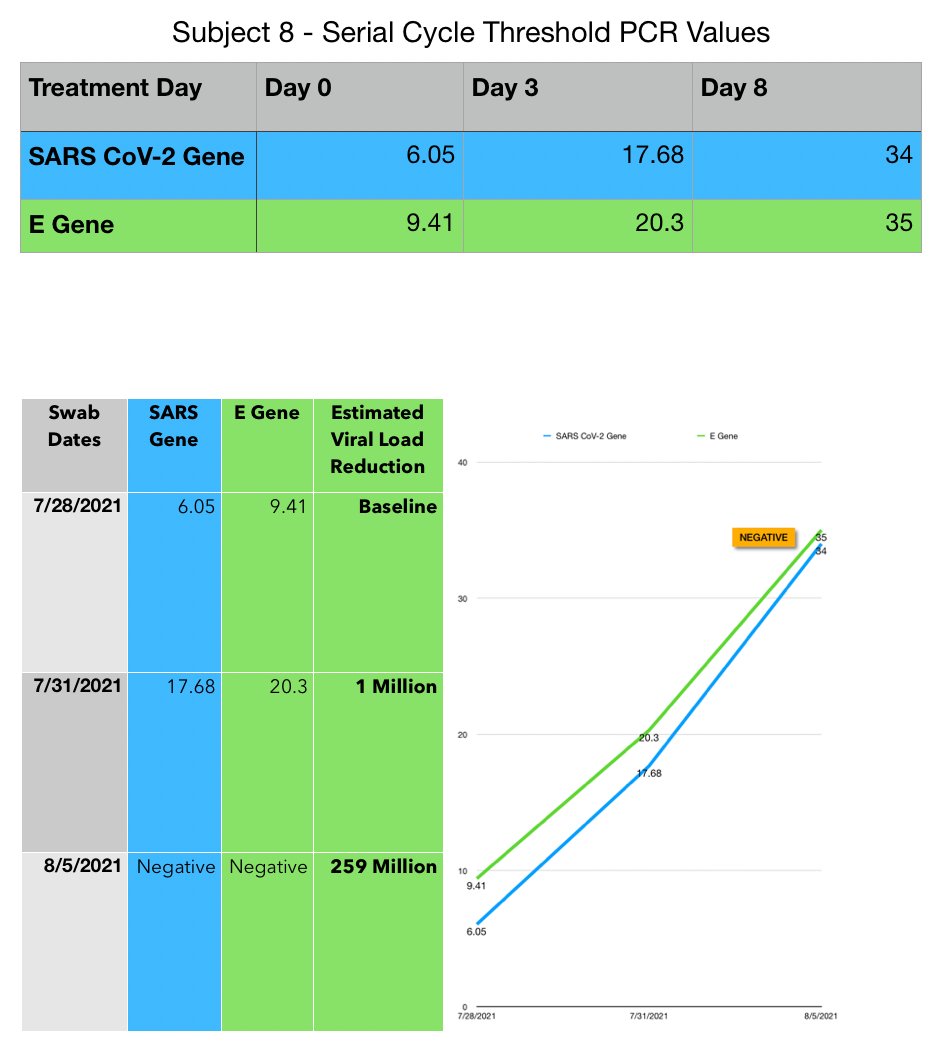PDT
Photodynamic therapy (PDT) is well known for its capacity to treat cancer and resistant infections. It offers the advantage of a strong safety profile confirmed over many decades of use.
PDT involves the application of a specific compounds (photosensitizers) to a treatment area. When the photosensitizer is exposed to light of specific wavelength and intensity, reactive oxygen species are generated. These reactive oxygen species effectively target and destroy infectious organisms, while sparing human cells.
The key advantage of PDT lies in its precision, acting as a "silver bullet" that selectively targets and destroys the intended cells, while sparing surrounding normal tissue.
PDT for Infection
In contrast to antibiotics which are optimized to treat specific groups of bacterial infections, PDT has a broad spectrum of action, successfully addressing bacterial, fungal, parasitic, and viral infections. PDT is particularly useful for targeting multi-resistant bacterial strains which represent a major health challenge.
The use of photodynamic therapy to target infections is referred to as anti-microbial PDT or aPDT.
PDT targets bacteria PLUS other types of infections!
Multi-resistant bacterial infections
The rising incidence of bacterial resistance to antibiotics poses a substantial medical challenge, constituting a significant burden on healthcare. Photodynamic therapy is an extensively documented but grossly underutilized treatment modality, offering the capability to target resistant strains of bacteria and other pathogens.
Importantly, unlike antibiotics, bacteria do not develop resistance to PDT, even with repeated use. This underscores the potential of photodynamic therapy as a valuable and sustainable approach in addressing antibiotic-resistant infections.
PDT for MRSA
In our experience methylene blue photodynamic therapy is highly successful against MRSA and other resistant skin infections.
Using topical PDT also avoids the negative impact of oral antibiotics on the critically important gut microbiome.
The following example demonstrates the response to methylene blue photodynamic therapy for MRSA infection following a skin procedure:
Viral Infections
It is well recognized that PDT is capable of destroying a wide array of viruses. It has been employed by blood banks to eliminate pathogens like HIV, Ebola, Influenza and other viruses prior to transfusion.
PDT for Hepatitis
Hepatitis B and C can cause prolonged inflammation and damage to the liver potentially leading to cirrhosis and liver cancer. Until recently, there were no approved means of directly treating this infection.
Photodynamic therapy offers a promising alternative or adjunctive approach as more evidence emerges regarding its potential to target these challenging infections:
A Romanian researcher Dr. Ailioaie, demonstrated dramatic reductions in hepatitis B and C titers using aPDT.
Marked reduction in viral load following aPDT
PDT for CoVID-19
A clinical study conducted by Dr. Juliette Hepburn in the Bahamas documented dramatic decreases in CoVID-19 viral loads using methylene blue aPDT. The reduction in viral load was assessed with serial quantitative RT-PCR tests. This response is highlighted by the example below:
This patient presented with an extremely high viral load accompanied by severe symptoms during the Delta CoVID-19 wave. Within 3 days the viral load had reduced by a factor of 1 million and within 8 days the virus was cleared (the viral load had reduced by a factor of 259 million).
Once the full treatment protocol was developed the majority of patients treated during the Delta wave cleared to negative PCRs with good clinical recovery within 72 hours.
PDT for Parasitic Infections
PDT is emerging as a promising strategy in the realm of parasitic infections, providing a novel and targeted approach to combat these challenging health threats.
Several studies have demonstrated the efficacy of PDT against various parasitic organisms. A study by Alves published in 2019 documented the use of PDT to effectively treat leishmaniasis.
A pilot study carried out in Nigeria by Weber Medical showed significant effectiveness using IV laser and Riboflavin against malaria. This study compared 20 subjects treated with IV laser and IV riboflavin with 10 subjects treated with standard antimalarials. After 9 days, test assays showed 88.9% of the IV laser PDT subjects were completely parasite-free compared to 50% of the group on standard therapy. Symptoms such as headache, fever chills and profuse sweating were eradicated far more rapidly in the IV laser PDT group.
PDT for Fungal Infections
Nail fungus of the toe nails is a very stubborn condition requiring at least 3-6 months of oral therapy and even then has a very low response rate. The Skin Centre, our partner practice has achieved significant clearance of nail fungus infections by combining sub-lingual laser PDT with high powered laser.
Follow up photos were taken FIVE MONTHS after treatment was completed. This demonstrates that the fungus was was not just inhibited, but was fully eradicated by the treatment.







